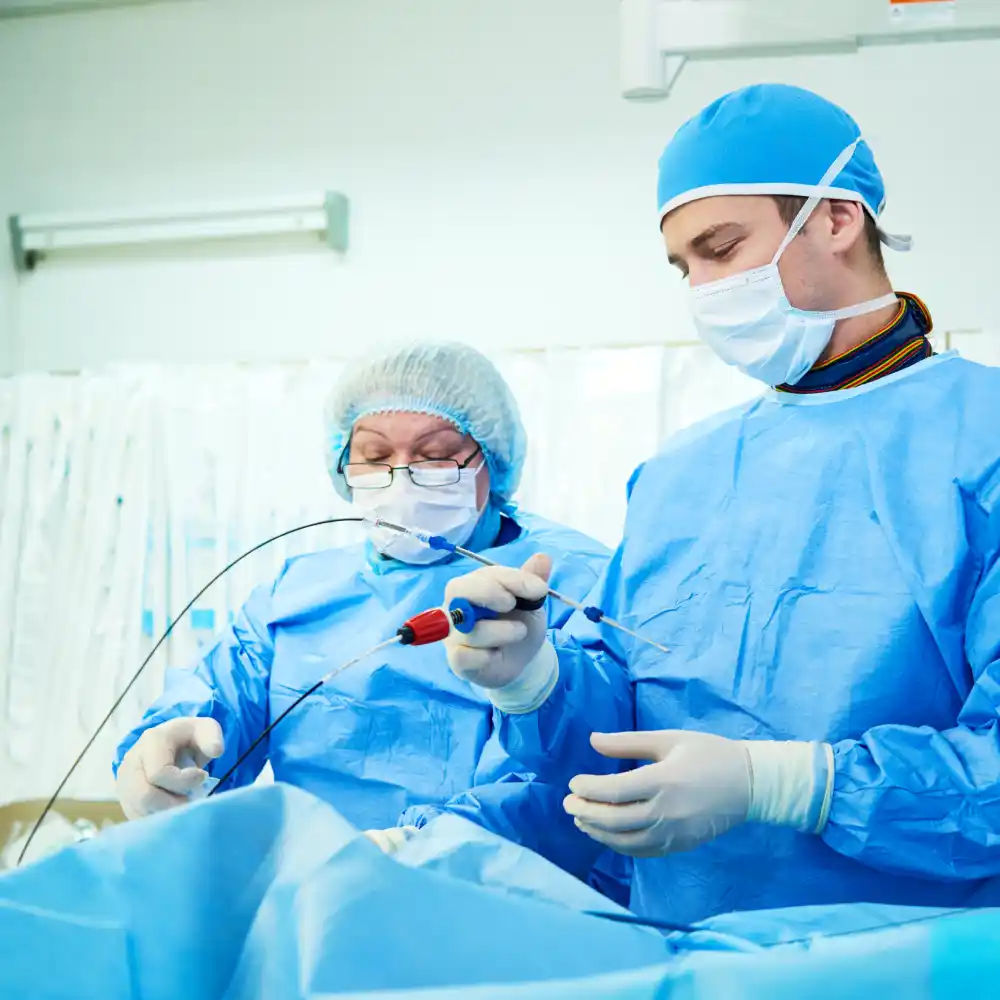The Top Interventional Cardiologist in Pittsburgh
Invasive & Interventional Cardiology
The idea of having a medical procedure on one’s heart -- especially an invasive cardiology procedure -- is frightening for many people, and understandably so. But for many patients struggling with vascular and cardiac conditions, minimally-invasive solutions are possible that can improve outcomes, cause less trauma to the body, and offer long-term relief from life-threatening symptoms.
At Shadyside Cardiovascular, PLLC, we proudly provide minimally-invasive surgery and interventional cardiovascular disease treatment to those who are struggling with conditions of the heart. Our highly-trained cardiovascular specialists are passionate about providing the least invasive solutions possible in order to minimize your pain, cost, and recovery time.
If you’re ready to receive the top-quality care available from some of the best cardiologists in Pittsburgh, now is the time. Schedule your first appointment with Shadyside Cardiovascular, PLLC today.

Interventional Heart Specialist Near You
Experienced Minimally-Invasive Cardiologists in Pittsburgh
The team of interventional cardiologists at Shadyside Cardiovascular, PLLC is experienced in providing a number of procedures at the cutting edge of our field. Some of the most common tests and procedures we perform for our patients include:
- Cardiac Catheterization: In this procedure, your cardiologist will place a tiny tube (catheter) in your heart, using it as a pathway to “intervene” in the progress of your heart disease. This procedure is helpful for opening up narrowed blood vessels.
- Coronary Angiography: Usually performed before a cardiac catheterization, coronary angiography allows your cardiologist to observe your blood vessels using x-rays.
- Balloon Angioplasty and Stent Placement: Through a cardiac catheter, your cardiologist will insert a small balloon that will then be inflated to widen a narrowed blood vessel. Then, a stent (small tube) will be inserted into that vessel to keep it wide enough for blood to flow through.
nd the est Orthopedic Surgeon Near You
